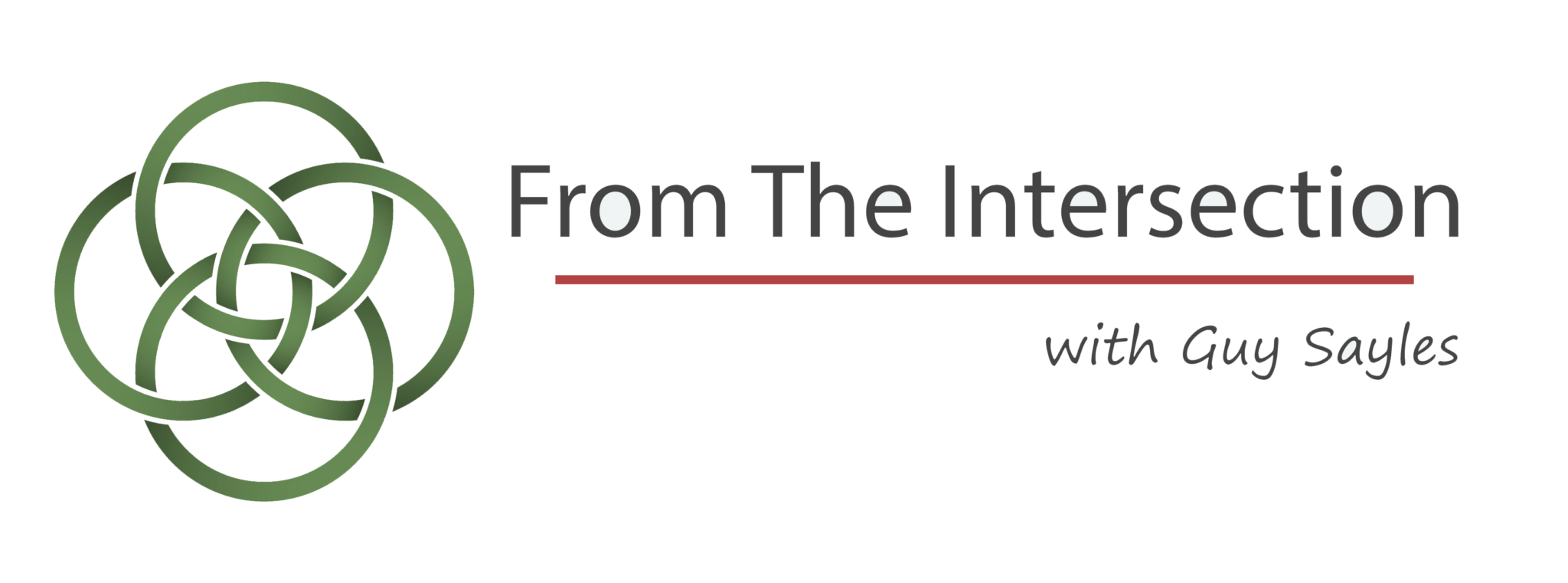Across my years as a pastor, I learned that people didn’t like it when I talked about death. So, fair warning: though this post is actually about joy, it’s about the kind of joy that finds us in life’s hard experiences, including death.
Early in Holy Week, I heard the whispers an insistent invitation: “Face as fully as you can the fact of your death, and embrace joyfully the gift of your life.” Over the last year or so, I’ve felt, viscerally and unavoidably, the presence of death. I’ve also tried and sometimes failed to answer, tenaciously and trustingly, God’s call to fullness of life. This Holy Week invitation felt daunting but crucial.
Sages from nearly every tradition have told us that we only begin to live, truly live, when we come to terms with the stark reality that our lives will end. Psalm 90, for example, voices this prayer: “Teach us to number our days, that we may apply our hearts to wisdom.” Psychiatrist Irvin Yalom said: “Full awareness of death ripens our wisdom and enriches our life. . . Though the fact, the physicality, of death destroys us, the idea of death saves us.”
Worship at All Souls Cathedral on Maundy Thursday, Good Friday, and at last night’s Great Easter Vigil guided and supported the work I felt called to do this week. On Thursday, prompted by Thomas Murphy’s sermon, I remembered that Ernest Becker wrote: “The human animal is characterized by two great fears that other animals are protected from: the fear of life and the fear of death.”
I’m convinced that we fear life because we fear death; and I know that it’s also true that, the greater our sense of un-lived life, the greater our anxiety about our impending deaths. We will regret the end of our lives all the more if we come to our deaths with a sense that we have never pursued our dreams, used our gifts, spoken our truths, told our stories, and sung our songs. It’s the ultimate vicious cycle: fear of death begets fear of life which increases our fear of death which heightens our fear of life.
As I sat in the darkened church after Friday night’s service, I wrote this prayer: “O God, give me the love which faces, embraces, and transforms my death and the fears it generates. Cause me to trust anew that all shall be well. Help me to carry the awareness of death with me, but not to dwell on it. Let it motivate me to live authentically but not to let it master me. Let this ending be for me a continual beginning. Allow the knowledge of death to give me humility and urgency for the living of my days. Show me how to die, and, by so doing, show me how to live.”
Near the beginning of last night’s Great Easter Vigil at All Souls Cathedral, the stunning words of the Exsultet resounded through the room and resonated in my heart. Among them were these shining promises:
This is the night, when Christ broke the bonds of death and hell, and rose victorious from the grace. This is the night, when all who believe in Christ are delivered from the gloom of sin, and are restored to grace and holiness of life. . . . How holy is this night, when wickedness is put to flight, and sin is washed away. It restores innocence to the fallen, and joy to those who mourn. It casts out pride and hatred, and brings peace and concord. How blessed is this night, when earth and heaven are joined and humanity is reconciled to God.”
Easter means that God forgives our sins and overcomes our estrangement. Such amazing love demands “my life, my soul, my all.”
Since the fear-dealing power of death has died with Jesus on the cross, there’s no good reason—and no excuse–for living half-heartedly and hesitatingly.
Because of Easter, joy permeates even death and energizes abundant life.
Discover more from From The Intersection
Subscribe to get the latest posts sent to your email.


Recent Comments